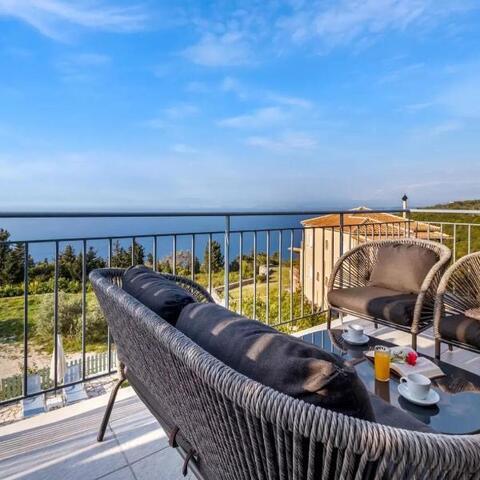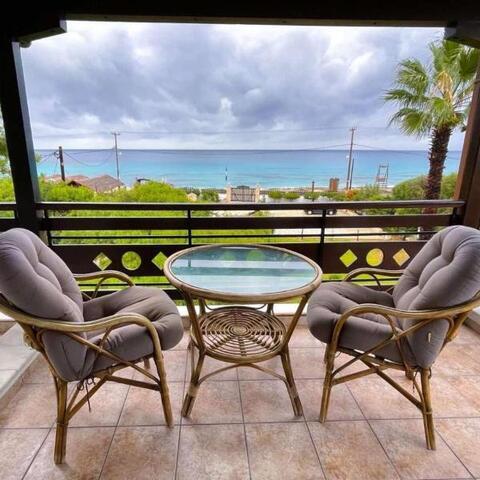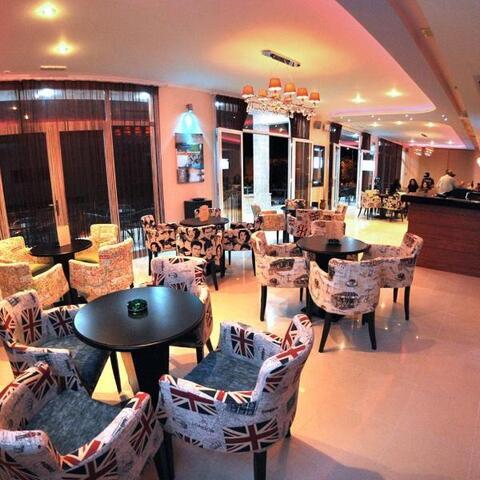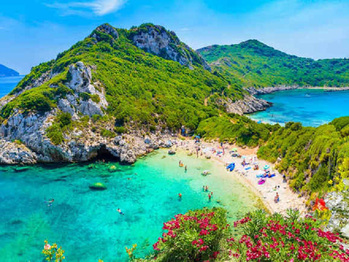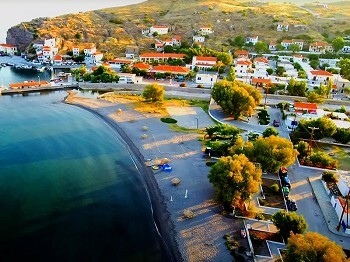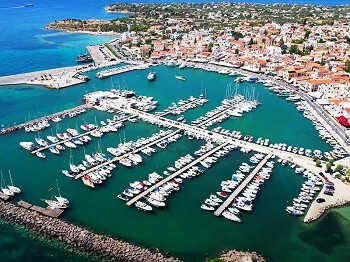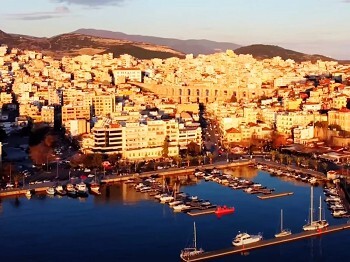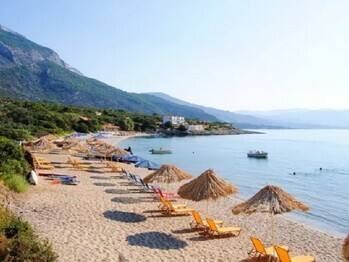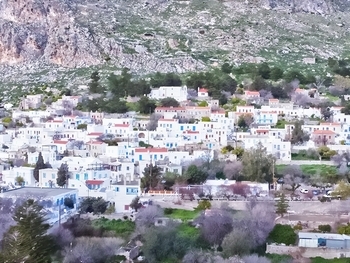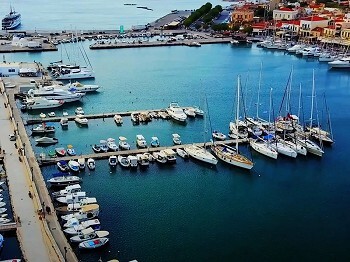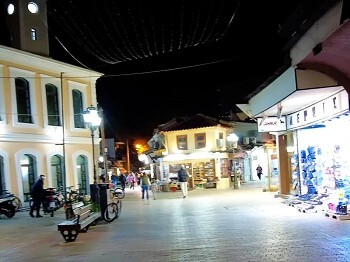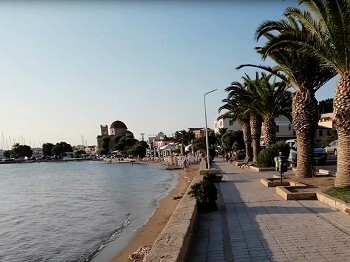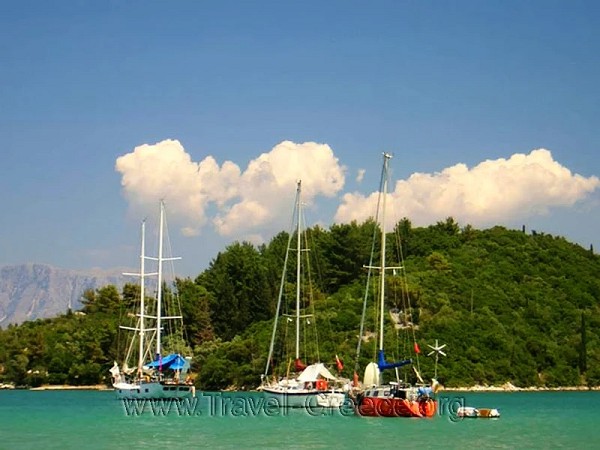
Lefkada, also known as Lefkas, resonates like a siren's call among the serene Ionian Islands. Set in the embrace of the azure Ionian Sea, this island paradise, whose Greek name is 'Λευκάδα', casts a spell with its pristine beaches, captivating culture, and natural wonders. Nestled within Lefkada City, the island's vibrant capital pulsates with life, yet maintains an intimate charm despite its population of approximately 20,000 inhabitants.
We suggest for your stay:
Still Looking for the Perfect Stay?
Discovering the Heartbeat of Lefkada
Vibrant Towns and Villages
Beyond the bustling streets of Lefkada City, the island unveils a tapestry of enchanting towns and villages. Nidri, a lively hub, lures visitors with its vibrant waterfront and bustling tavernas. Vasiliki, embraced by emerald hills, beckons adventure enthusiasts with its world-class windsurfing opportunities. Agios Nikitas, nestled along the western coast, captivates with its rustic charm and sun-kissed beaches.
Enthralling Attractions and Activities
Lefkada enchants travelers with an array of must-see attractions and activities. The ethereal Porto Katsiki Beach, with its dazzling white cliffs and crystalline waters, stands as a testament to natural beauty. Take a serene boat trip to Egremni Beach, a secluded haven accessible by sea, offering unrivaled tranquility.
Embrace history at Agia Mavra Castle, an ancient fortress steeped in tales of bygone eras. Meander through the mesmerizing Dimosari Waterfalls, hidden amidst lush greenery, offering a refreshing escape into nature's embrace.
Indulge in local flavors at bustling markets and tavernas, savoring authentic Greek cuisine infused with the island's rich cultural heritage. Dive into the depths of the sea with exhilarating scuba diving adventures, or explore the island's picturesque landscapes through hiking trails and cycling routes.
Travel Tips and Information
For those planning an unforgettable sojourn to Lefkada, keep in mind that the island is accessible via the Aktion National Airport, located a short drive away. Optimal travel times typically span from May to October, basking in mild temperatures and sun-drenched days. Rental cars or scooters provide convenient modes of transport, allowing for seamless exploration of the island's treasures.
Uncover the essence of Greece's island paradise, where captivating beauty meets cultural allure, and be prepared to be swept away by the alluring charm of Lefkada!
